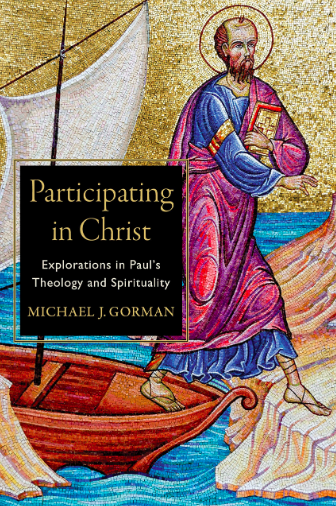How do you decide what God is like? Do you observe nature and infer and speculate and ponder? Do you boil down the world’s religions and come up with a synthetic image of God? Do you decide what God is like all by yourself? Do you plug into one religion and take that God as the true God?
 Seriously, where do you get your ideas of God?
Seriously, where do you get your ideas of God?
Or, and this might surprise some, how do Christians decide what God is like? Christians tend to make a variety of moves: they read the Bible and add it all up and synthesize it and say “That’s God!” Others think of God exclusively through the lens of what Jesus says, though most of those who make this claim find only distinct elements of what Jesus said to be palatable to their tastes. Yet others anchor their ideas about God in the Christian Tradition, and hence are robustly Trinitarian? While others combine the Bible and tradition with their experiences and what they’ve learned from other religions? Frankly, some believe what they want about God. Their God is their God, a God of their own imaginings.
All of this to introduce an excellent, and I suspect highly influential, new book by Paul Froese and Christian Bader, America’s Four Gods: What We Say about God–and What That Says about Us.
Here’s what they claim:Americans have four gods — four distinct images of God that influence many dimensions of life and culture. They use three axes to examine through the Baylor Study of Religion what Americans think: God is loving, God is judge, and God is engaged, but they discover that nearly everyone thinks God is loving, so it was the judging and engaged dimensions that were able to distinguish the groups:
1. The Benevolent God (24%): engaged and non-judgmental
2. The Authoritative God (31%): engaged and judgmental
3. The Distant God (24%): neither judgmental nor engaged
4. The Critical God (16%): judgmental but not engaged
Please click on the image below to see a fuller display of characteristics.
Now in light of a post coming later today: How does a proponent of each explain Katrina?












